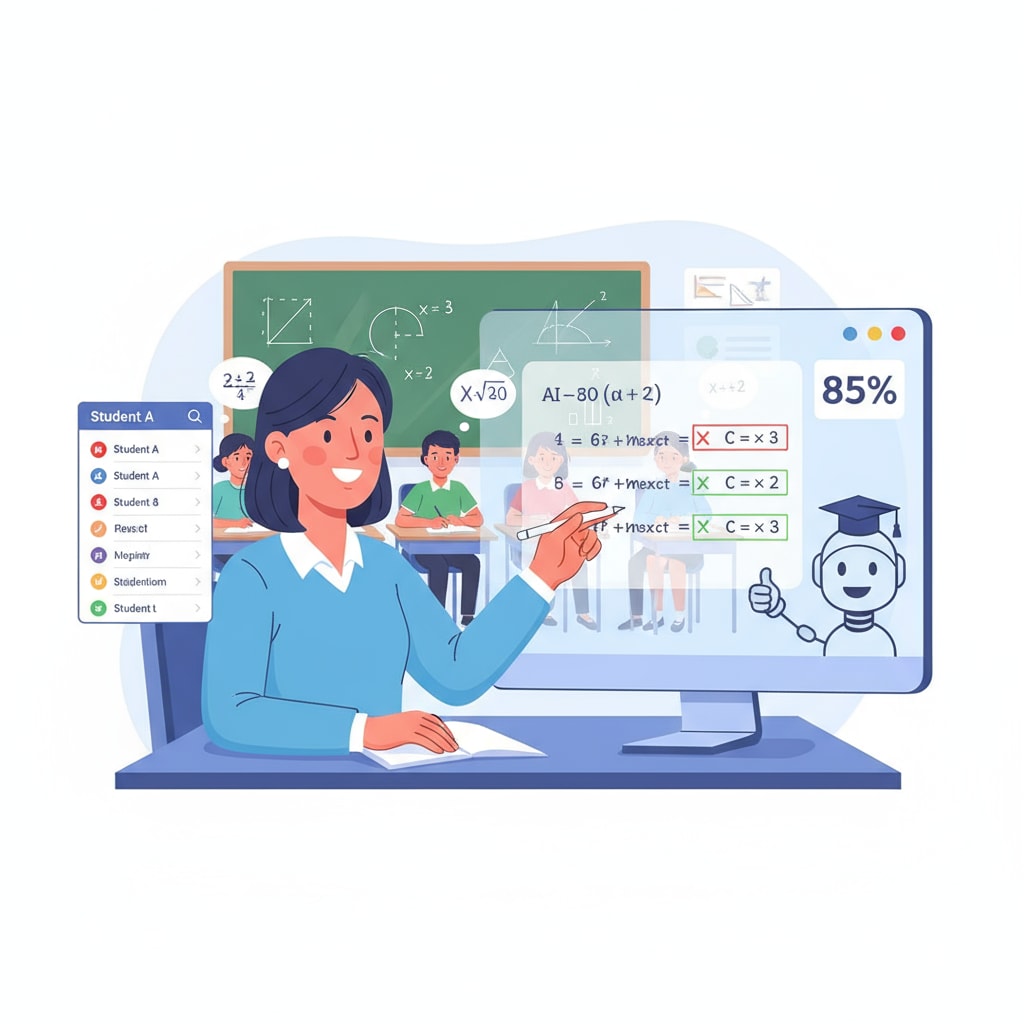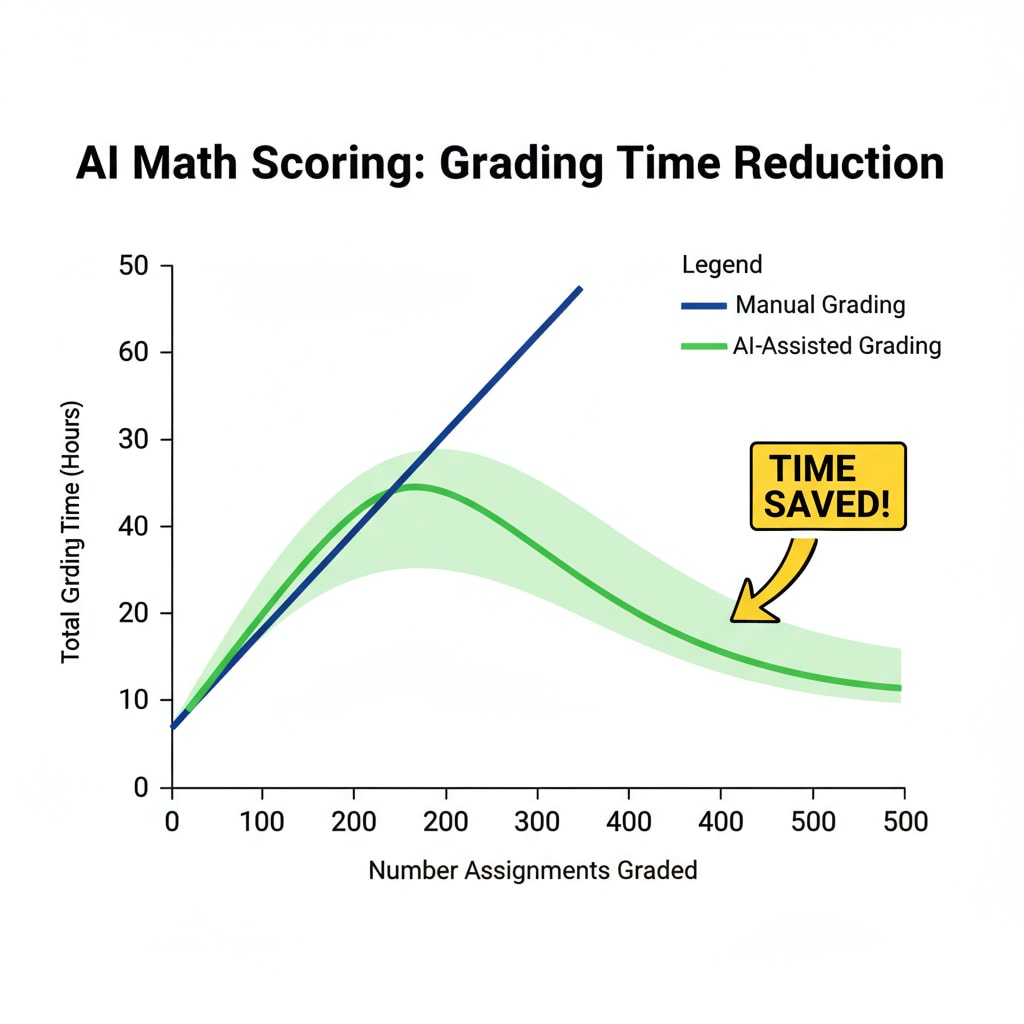The rapid development of AI technology in the education field has introduced AI math scoring tools, which are now influencing teachers’ working hours and workload. These tools are becoming potential assistants in teachers’ work.

However, the question remains: are they a revolution or an added burden?
The Promise of AI Math Scoring Tools
AI math scoring tools have the potential to significantly reduce teachers’ workload. For example, they can quickly grade multiple-choice and short-answer math questions. This automation allows teachers to save a substantial amount of time that was previously spent on manual grading. According to Educause, the use of such tools can streamline the assessment process and free up teachers’ time for other important tasks.

Challenges and Potential Drawbacks
Despite the benefits, AI math scoring tools also present some challenges. One issue is the accuracy of grading complex math problems. Some advanced mathematical concepts may be difficult for the tools to interpret correctly. In addition, teachers may need to invest time in learning how to use these tools effectively. As stated by ISTE, educators must be trained to ensure the proper implementation of AI in the classroom.
Another concern is the potential loss of the personal touch in grading. Teachers often use the grading process to understand students’ thought processes and provide personalized feedback. With AI scoring, this aspect may be compromised.
In conclusion, AI math scoring tools have the potential to revolutionize teachers’ working hours and workload. However, educators need to carefully weigh the benefits against the challenges. By finding the right balance, they can make the most of these tools and enhance the overall educational experience. Readability guidance: The article uses short paragraphs to present different aspects of AI math scoring tools. Lists could be further developed in future expansions. The passive语态 is kept to a minimum, and transition words like ‘however’ and ‘in addition’ are used to connect ideas.


